Sector | Internet Of Things (IOT)
Project Time | Six Months
My Role | User Research, User Flows, Conception, User Experience, Information Architecture, Rapid Prototyping

Mission
To cross a street, blind people often have to muster a high level of cognitive perfor-
mance. Either tracks and road crossings have to be planned with particular care, or transitions are a great challenge. That’s why we created URBAN.
URBAN is a IoT (Internet of Things) system which engages with the simple, but important, task to cross a street as a blind person.
Idea
To find a solution to a problem, you need to become a master of research, especially if you never felt affected by a defective sight. Urban investigated the problem down to the smallest detail, which includes body-storming, interviews, competitive analysis and more. In our research phase, we discovered that crossing an unknown street is one of the most stressful moments for a blind person. The Idea quickly formed itself and Urban got born.
Traverse a street at any given time, bring simplicity back to your live!
Solution
The basic requirement of the system is a city equipped with beacons. These are attached to street lamps at regular intervals to “scan” entire streets.
If people with a visual impairment want to cross a street, they initially straighten out across the curb. This triggers the system, which allows them a safe transition. The information to cross a clear street gets confirmed to them via headset by the well-known clacking of an accessible pedestrian signal.
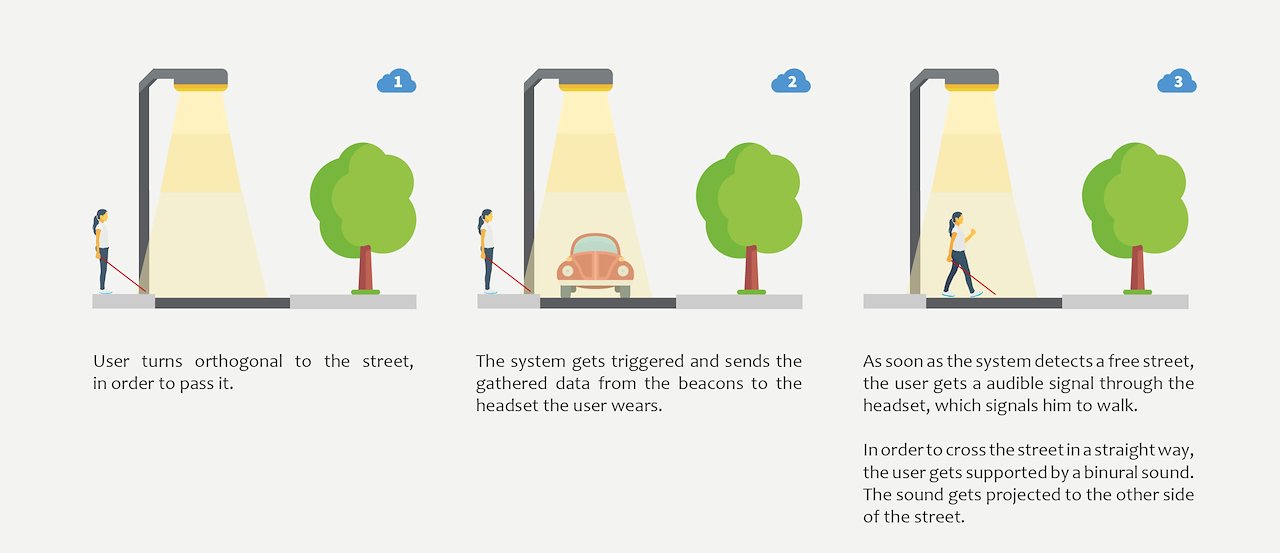
Concept
Design Concept
The focus of the user experience is less on the visual part, but rather on the other senses and the haptics are going to play a big role in creating the perfect design the user needs. Overall, the challenge is a user-oriented experience that primarily satisfies the needs of the defect sighted user and unifies the responsibility of visual design.
Mental models play a big role in our lives, and also for visually impaired people. Blind-friendly traffic lights give a “clack”-signal for orientation and the information to stop and wait. The “beep”-signal gives the information that the street is free and ready to cross. Exactly this experience flows into the concept. There will be no need to create a new mental model, and the user can transfer the knowledge of acoustic traffic lights into our system.
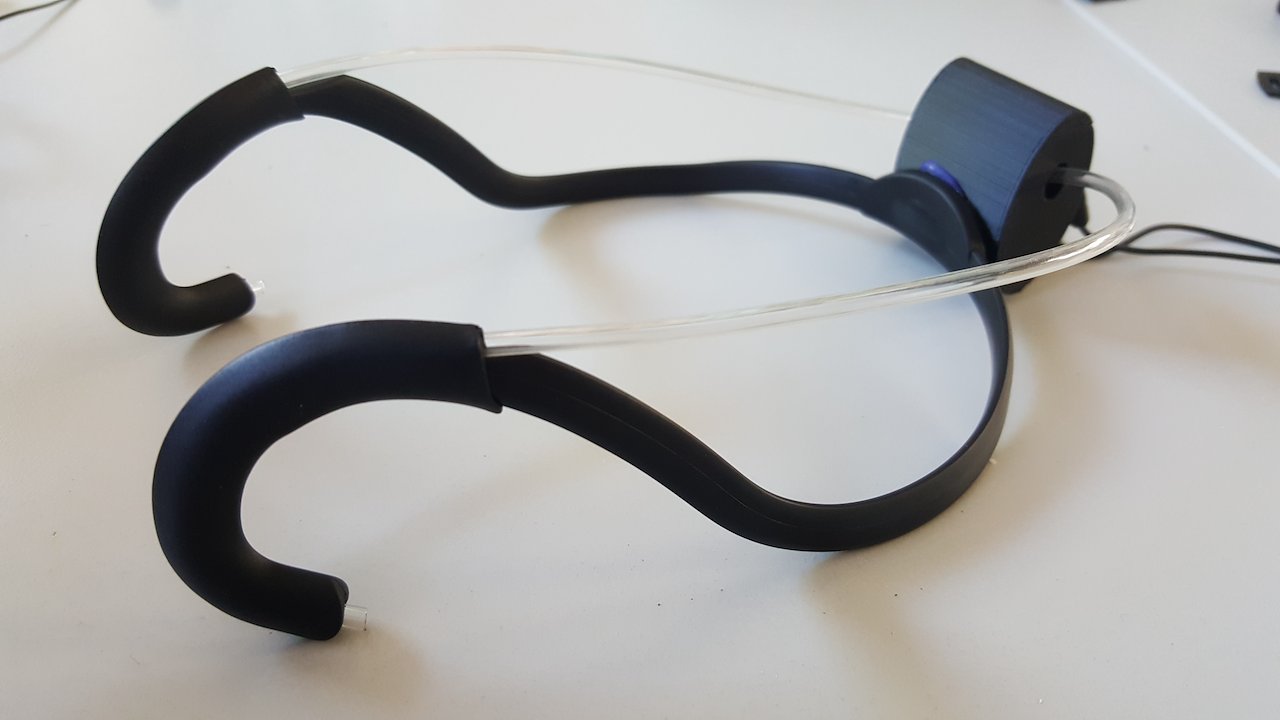
To maintain a good hearing, the headset “floats” around the ear and the user doesn’t get predominated by the sound.
To cross a street in a direct way, Urban works with 3D sounds. The beeping is projected to a point on the opposite side of the street. If the user turns their head, the sound via 3D still remains at that point. This guarantees a safe trip and gives the user a target they can walk towards to.
Urban tested several ways to guide test-users while having their eyes closed. The 3D method feels the most secure and comfortable.
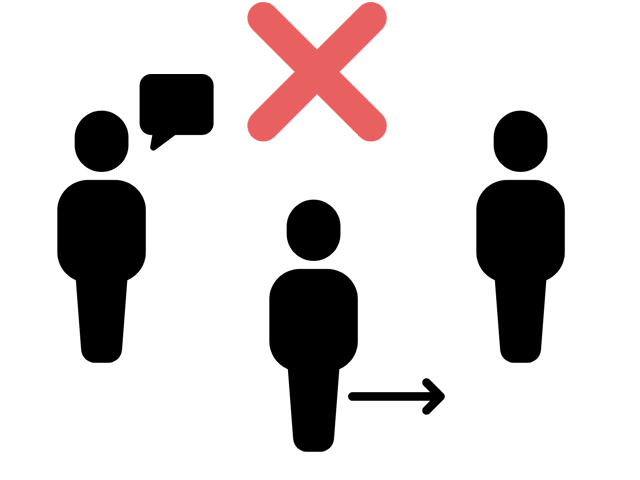
In order to avoid collision with the guides (left and right), one of the guides made a sound to lead the test-user in the right direction. It turns out that the blind test-user felt insecure because the sound did not come until he did something “wrong”.

One guide was asked to give a continuous sound, far away from the test-user. The result: the blind test-user approached the noise source easily. The reason for this was a continuous positive feedback.
How does wood feel compared to plastic? Can plastic feel different depending on the material composition? It can. Therefore, it is all the more important to respond to the user and his perception. Because without eyesight, the relationship between human and object arises through feeling which triggers emotions. The heat or cold emitted by an object shapes the relationship positively or negatively.
For the basic design of the headset Urban chooses aluminum with a soft-touch coating made of polyurethane. However, depending on the preference of the user, the material varies.
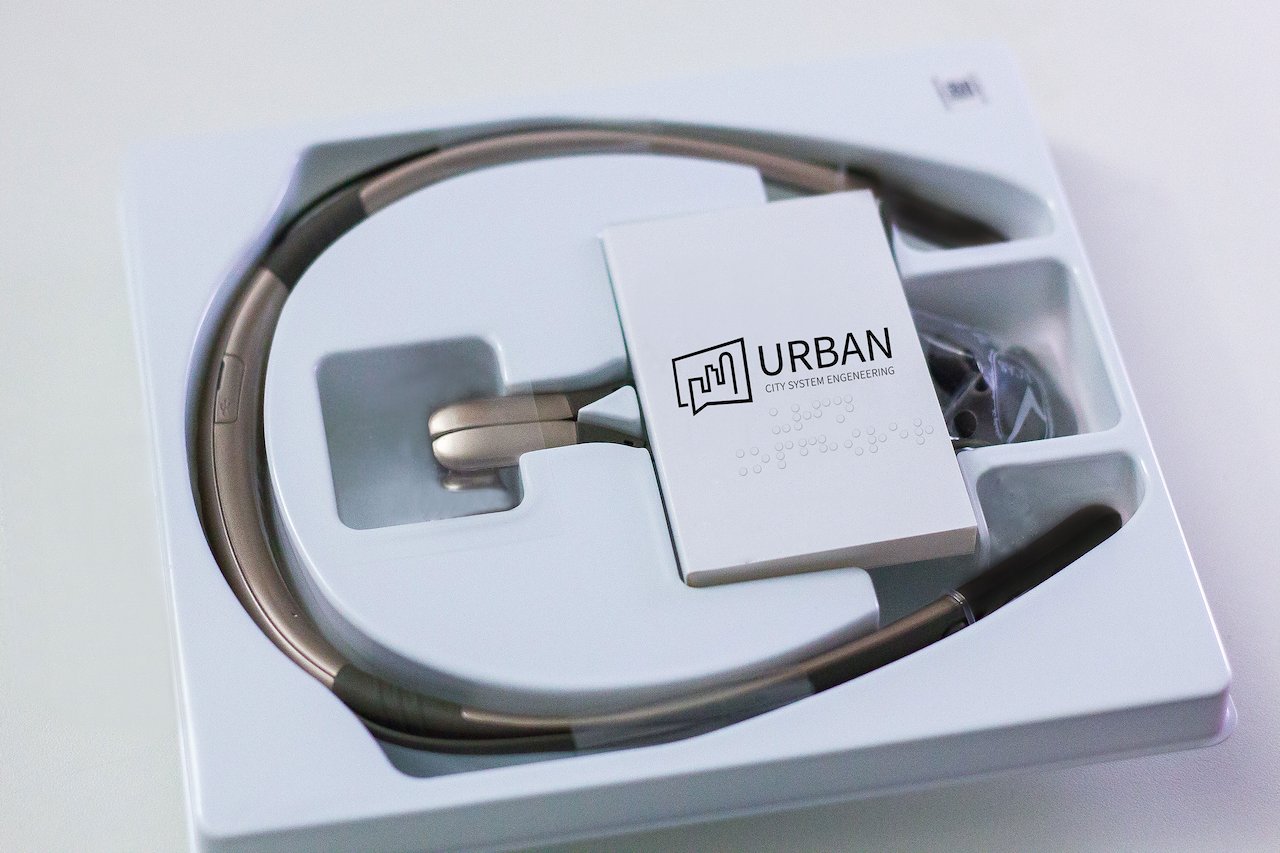
Concept
Technical Concept
In order to use the system, it is assumed that (free) internet-hotspots are available throughout the city to provide the most flexible system possible. The headset of the user constantly records the information from the beacons and therefore knows which direction the visually impaired has to face until the system “speaks up”. If the user turns into the offset area (+/- 20 ° of the target direction), the system activates and plays the sound of a traffic light system. Machine learning allows the beacon to analyze in real time, in combination with a connected camera, whether the street is free for the blind or not.
Whether the user has reached the opposite side of the road is through the use of GPS. Each beacon has additionally reached the GPS data across the street. The currently known GPS would be too inaccurate for this. However, there is a European GPS (“Galileo”) in construction, which extends the “normal GPS” and thus allows accurate positioning within 1m. This can be used to discover if the user is back on the sidewalk. When this condition is reached, the beeping wanders to the back of the head through the 360 ° sound simulation and silently falls silent, telling the user they have certainly reached the other side of the street.
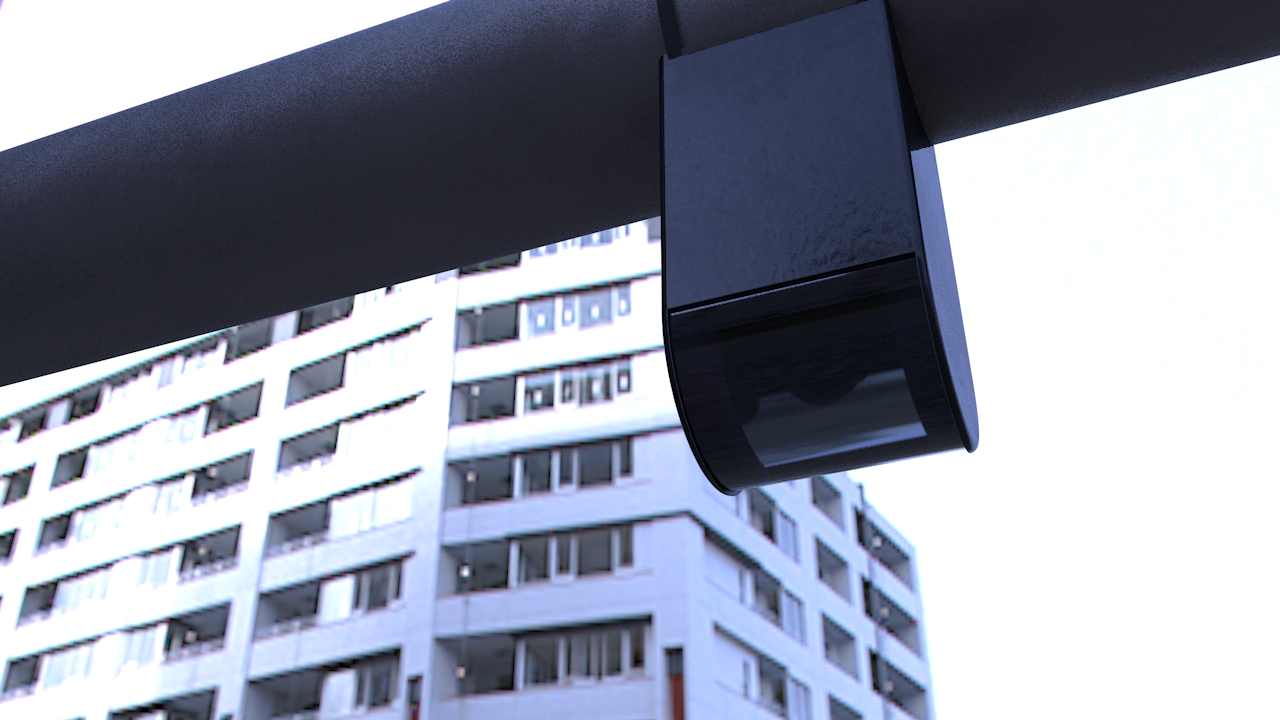
Beacon & Camera
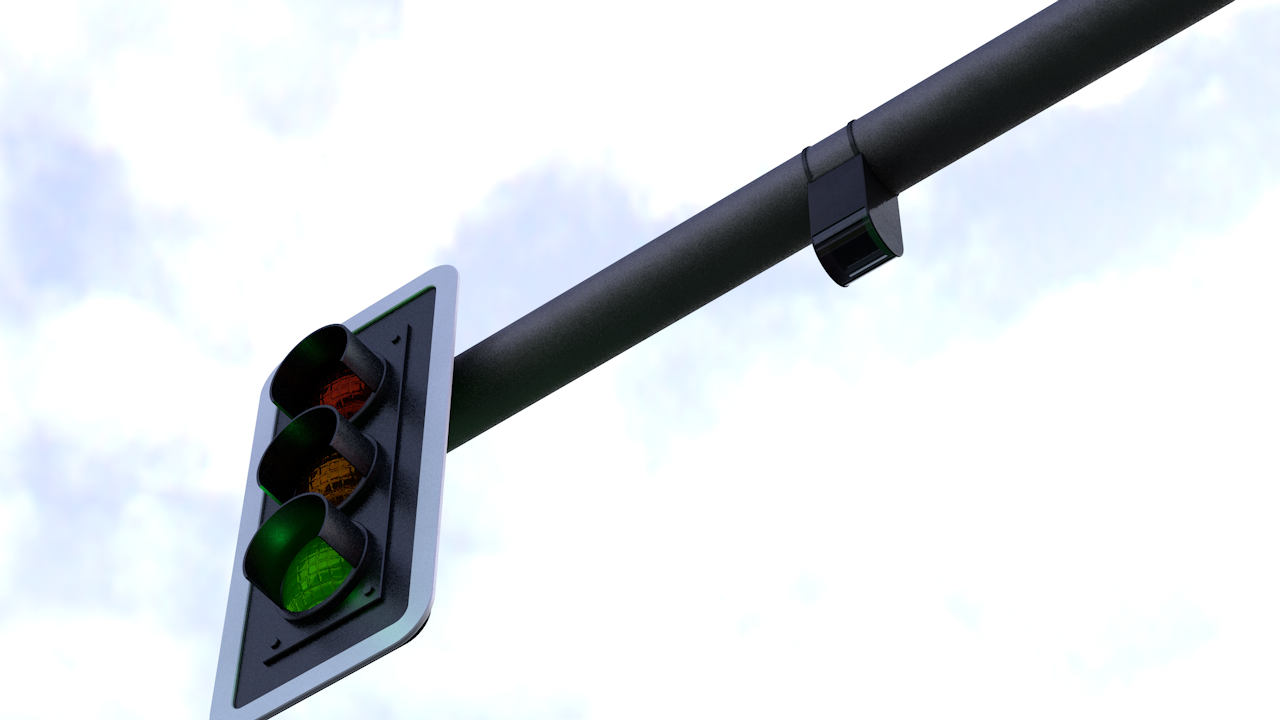
Attached to a traffic light
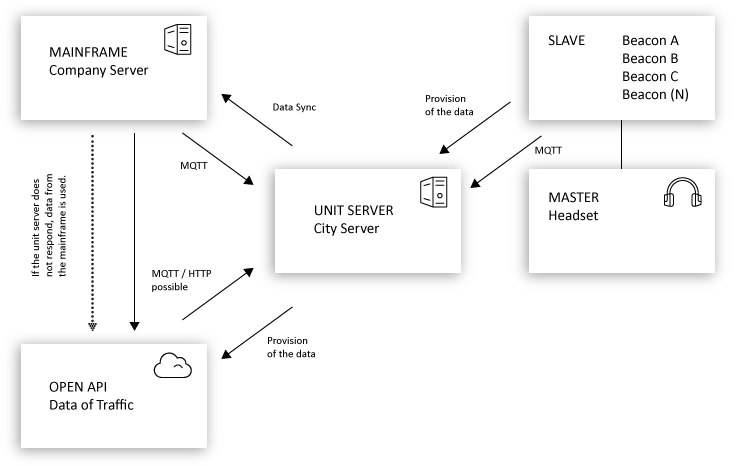
Machine learning provides computers with the ability to make specific decisions based on their input. For comparison, you have to plan all eventualities in classical programming and write an everlasting code with infinitely many points and possibilities to achieve a result. Machine learning reverses this principle: The result is given and the system itself tries to achieve this result. This capability can be achieved by unsupervised (e.g., deep autoencoder) or supervised learning (e.g., artificial neural network).
In the case of the project, the system would be fed with different images. On the “right” pictures it can see what a street looks like with a car, on the “wrong ones”, what a street without a car looks like.
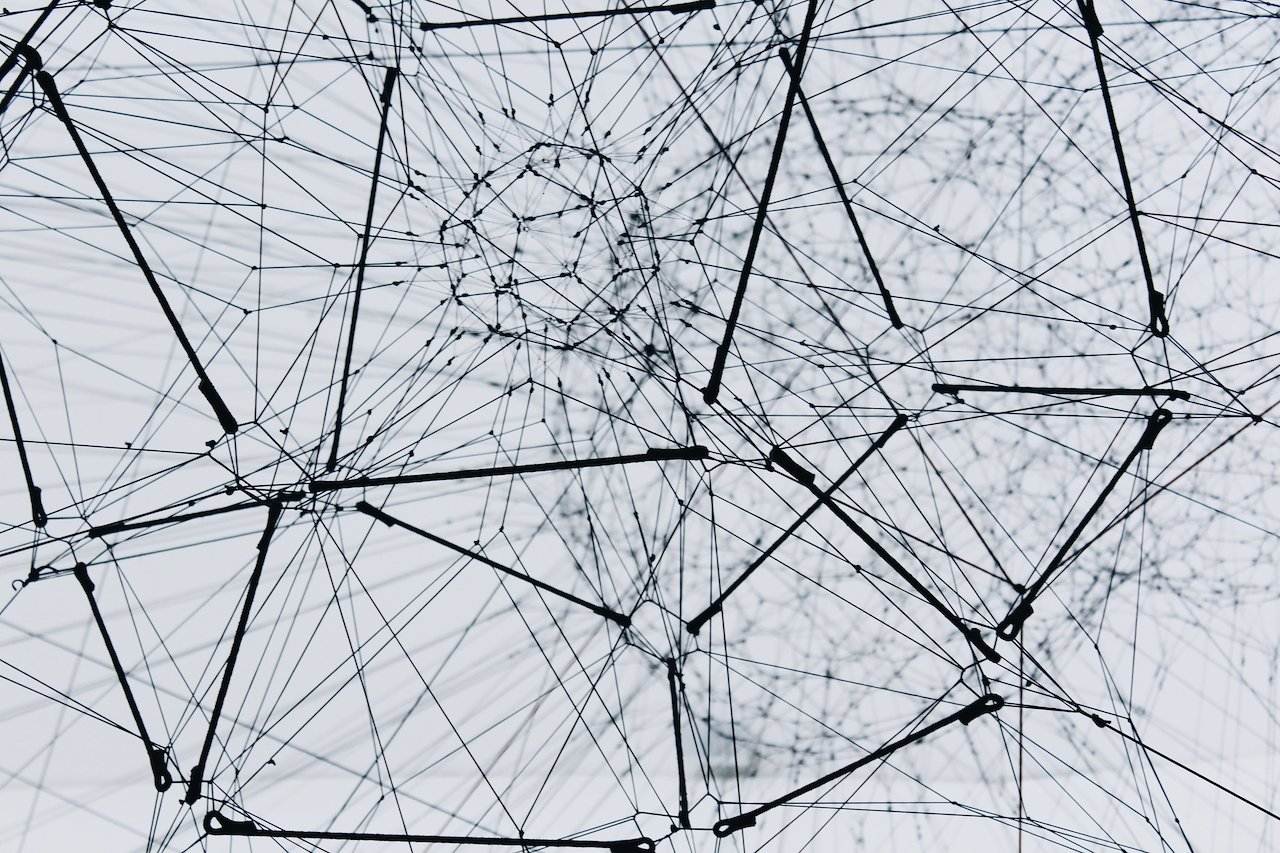
Because of machine learning, a great side effect got revealed. Urban can now “see” if parking spots are free and if traffic is coming. Urban B (beacons) got born. Urban B is now a side project of Urban and gave us the opportunity to work together with Darmstadt- city.